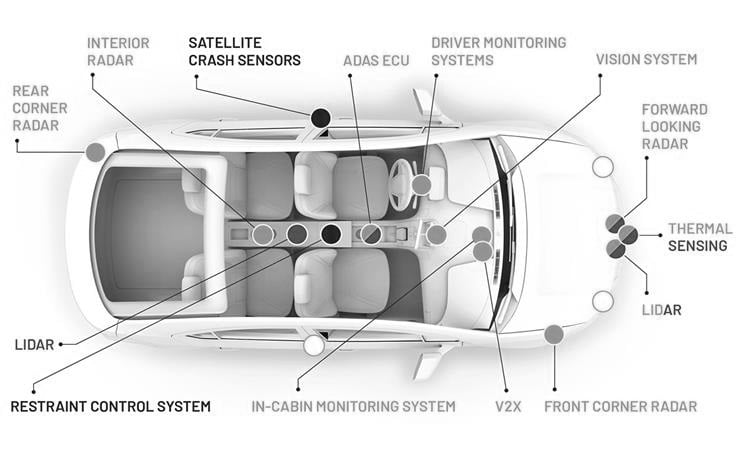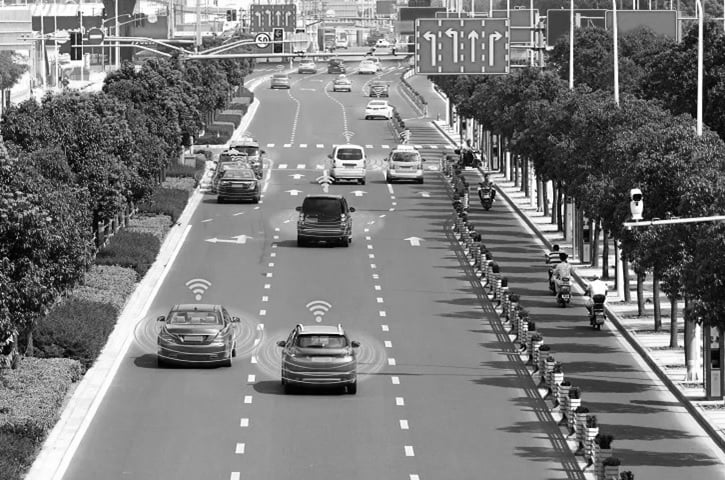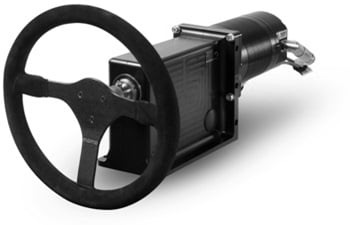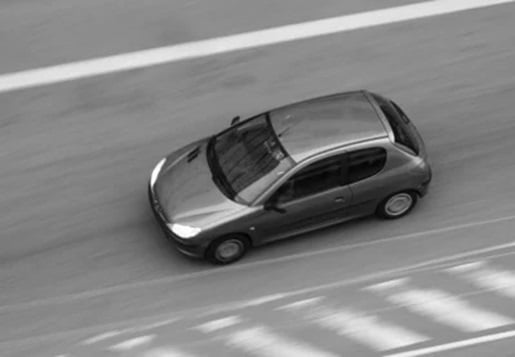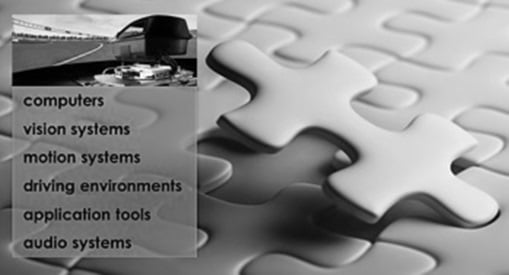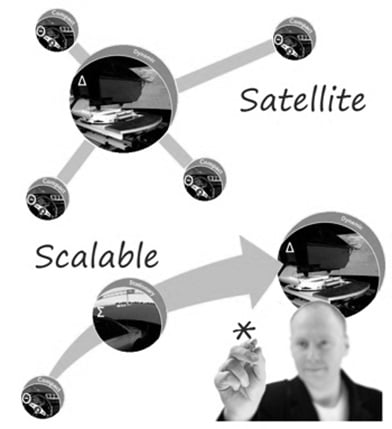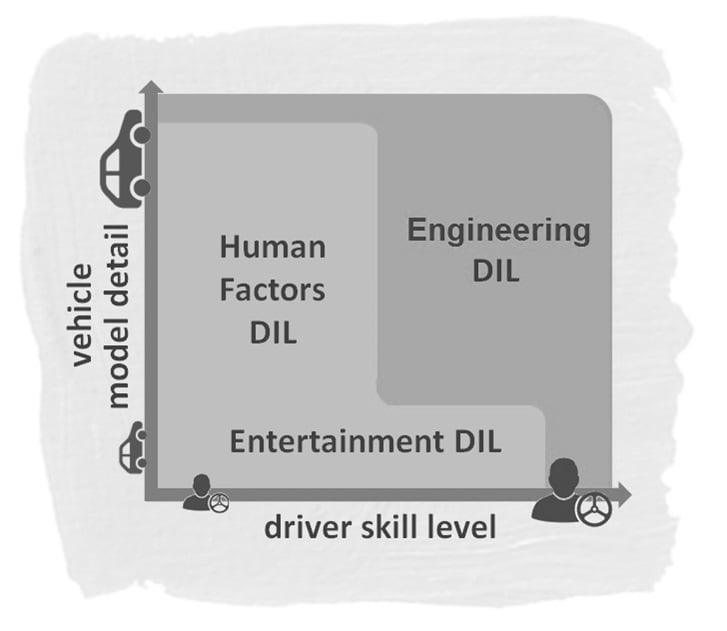Active safety has been a key topic in the automotive industry for more than 40 years. Since the first Anti-lock Braking Systems (ABS) were introduced in the late 1970s, there has been increasing awareness that the best way to protect a vehicle and its occupants is to prevent an incident from occurring in the first place.
In the past decade, the floodgates have opened. Technologies that were previously unheard of – or only available on high-end vehicle models – have rapidly become commonplace.
This is reflected in automotive testing and regulatory assessment protocols such as the European New Car Assessment Programme (Euro NCAP) safety ratings, where active safety systems such as autonomous emergency braking (AEB) are now a prerequisite for any vehicle manufacturer looking to secure a coveted five-star rating.
Onboard systems – consisting of sensors arrays and the fusion algorithms that process the real-time information gathered – play a huge role in a vehicle’s official rating. But it seems as if the pace of vehicle development is such that readily available technologies may be threatening to overtake the assessments. To wit: In the latest round of Euro NCAP tests, which is soon to be published, all but one of the vehicles achieved a five-star rating.
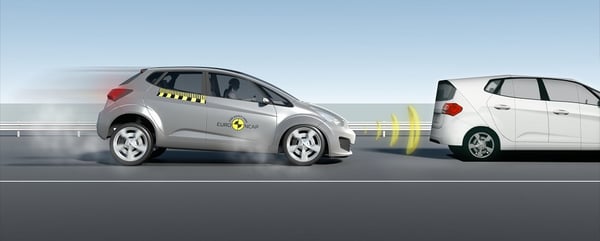
Euro NCAP
Euro NCAP is aware that technologies are rapidly progressing, and it is about to raise the bar. The organisation’s Vision 2030 roadmap states that “a new approach for rating vehicles will be needed to reflect the transition from crash mitigation to crash avoidance” as assisted and automated technologies become more prevalent. The roadmap report also pledges to “step up the use of virtual testing.”
Euro NCAP is already actively assessing and grading automated driving functions, but Vision 2030 suggests that major changes are imminent to keep pace with available technologies. Furthermore, it acknowledges that virtual testing will become a necessity in order to cover all the relevant test scenarios and reduce the burden on physical testing. But what is virtual testing?
The Case for Virtual Testing
Taken at face value, virtual testing could simply consist of off-line mileage accumulation to support ADAS developments and AI training algorithms, such as the billions of collected virtual test miles reported by some self-driving car innovators.
But for OEMs who seek product acceptance for their new vehicles in the current and emerging marketplace, it is essential to go beyond traditional off-line approaches in order to include the human element and consider how customers might interact with any proposed onboard active safety systems.
Euro NCAP breaks a collision down into four distinct stages: safe driving, crash avoidance, crash protection and post-crash safety. Almost every aspect of the first two categories can be evaluated in a Driver-in-the-Loop (DIL) simulator laboratory, from fundamentals such as driver alertness and cockpit visibility through to sophisticated assistive functions such as Autonomous Emergency Steering (AES).
DIL labs provide the all-important inclusion of human participation in virtual tests, which is an essential key to understanding how proposed active safety systems might function and be accepted once deployed in the field.
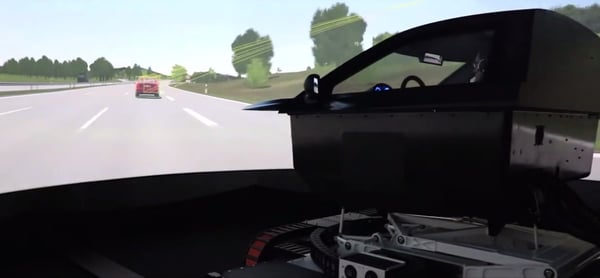
DIL Simulation and NCAP
For OEMs and onboard system technology developers, the importance of virtual testing with humans in-the-loop is understood. DIL simulation not only allows coverage of a vast array of different test scenarios in a sensible timescale, but it also allows laboratory-controlled, repeatable exploration of variants such as weather conditions, road surface quality, traffic density and more. Virtual testing with DIL also allows vehicle developers to evaluate scenarios that would be dangerous or prohibitively complex to stage in the real world.
For instance: How might a real person react to a proposed active safety intervention? If a system intervenes too harshly, will a driver be triggered to over-correct and worsen the situation? If an intervention is too subtle could it be misinterpreted or simply ignored? Should a proposed assistance function be supplemented with audio, visual, and/or haptic communication interventions?
The latter is a key topic in upcoming Euro NCAP assessments, which will specifically grade vehicles on how competently they convey the status of system handovers between assisted and manual-only driving.
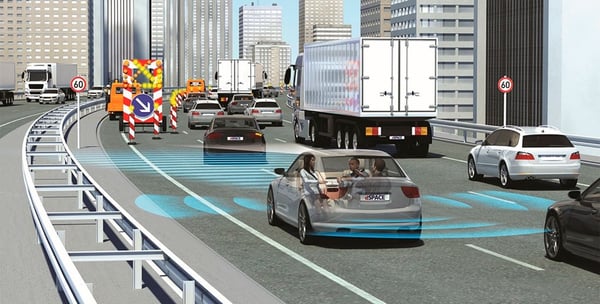
Future Cars
As automated driving functions and assistive technologies become more sophisticated and more commonplace there will likely be greater emphasis on their ability to engage with human drivers/occupants. Paradoxically, human interactions may become even more critical for objective measurements of vehicle performance, even for fully autonomous situations.
One might wonder: What happens in autonomous cases when the human driver becomes a hands-off occupant in certain scenarios? The answer is that even in conditional autonomy situations (SAE Level 3) there still must be some reliance on a car’s ability to communicate with the driver and manage the handover process. And even in vehicles with higher levels of autonomy – cases where there may not even be an allowance for manual interventions – for the foreseeable future, at least, there will still be a need to navigate roadways populated with human drivers. So, humans will remain an inescapable part of the equation.
Euro NCAP's Vision 2030 roadmap wisely recognizes the need for new approaches to rating vehicles that reflects the transition from crash mitigation to crash avoidance. Virtual testing, especially with Driver-in-the-Loop (DIL) simulations that include human participation in experiments, is a crucial step in evaluating proposed active safety and self-driving systems and ensuring their acceptance in the marketplace. People will still be selecting and buying cars in the future, even if they are not driving them.
To learn more about how engineering class Driver-in-the-Loop (DIL) simulators are being used in vehicle developments, download our FREE eBook: Looking down the road: Harnessing the benefits of simulator technology.

